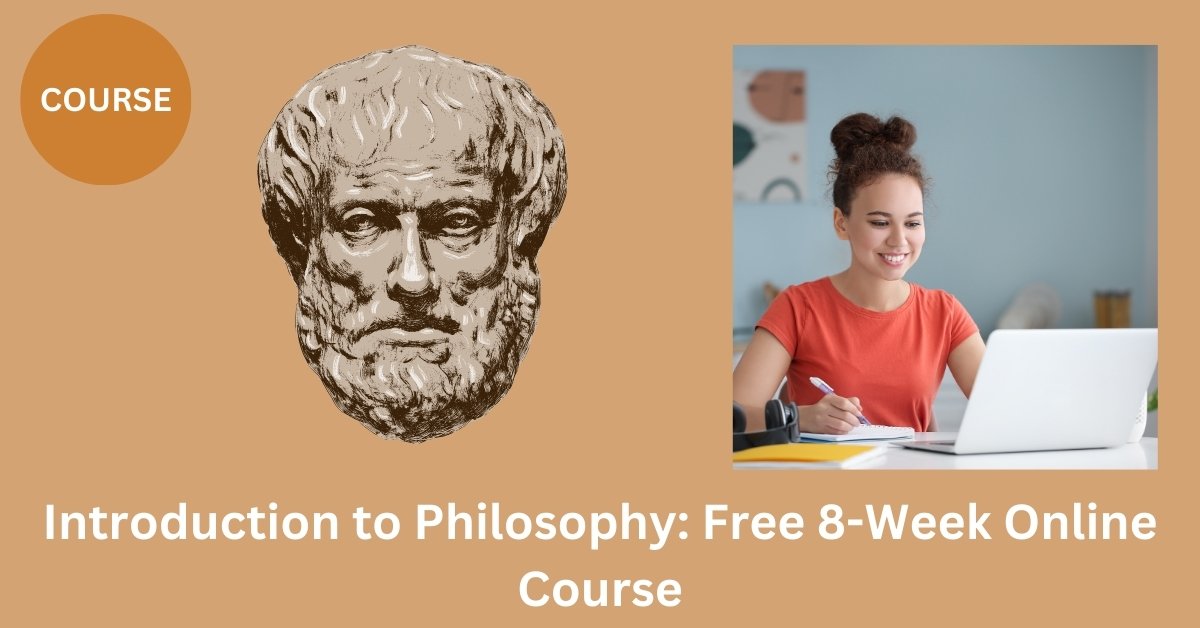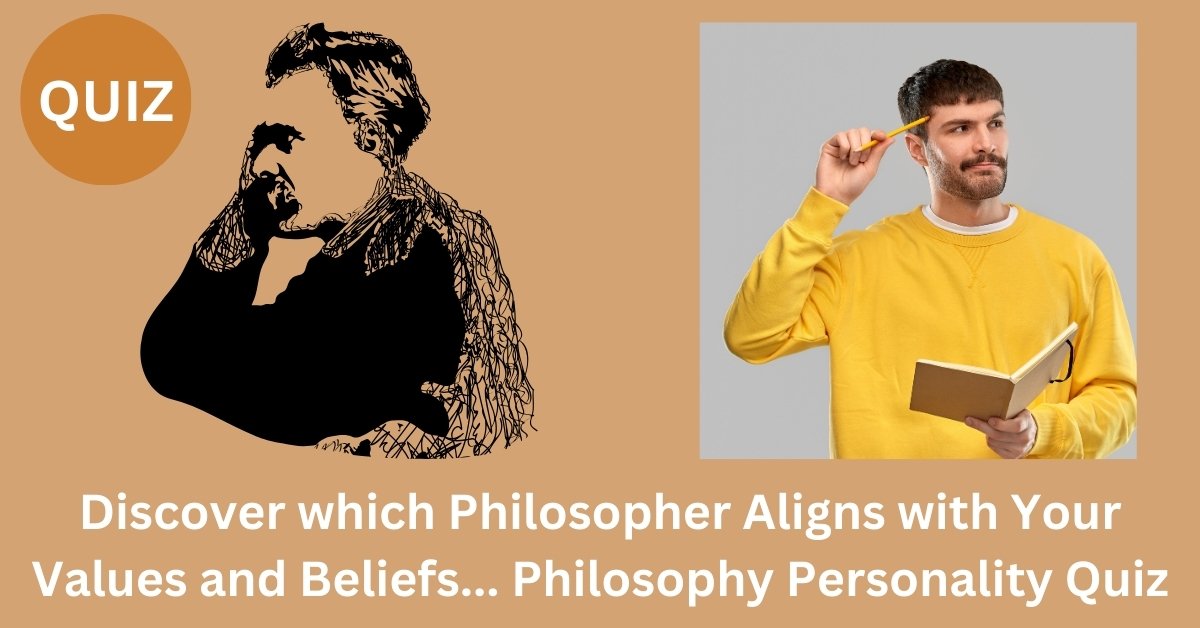Philosophy has long been a guide for those seeking to live a more meaningful and purposeful life. However, the sheer volume of philosophical concepts and ideas can often feel overwhelming. To return to the foundational principles, it is valuable to explore the work of prominent philosophers like Edmund Husserl and his concept of the noesis-noema correlation. This idea plays a crucial role in understanding how philosophy can be applied to enrich our lives. This article aims to examine Husserl’s philosophy, the noesis-noema correlation, and their significance in the quest for a more meaningful existence.
Key features of Edmund Husserl’s philosophy
Edmund Husserl is known as the founder of phenomenology, a philosophical approach that seeks to study how we experience the world around us. His key idea was to focus on the structures of consciousness and how things appear to us through our experiences, setting aside assumptions about the external world. This process is called “phenomenological reduction,” where one brackets out preconceived notions to examine experiences in their purest form.
Husserl emphasized the importance of intentionality, the idea that consciousness is always directed toward something—it is never empty. For example, when you think of a tree, your mind connects with the tree as an object of thought, forming a bridge between your inner experience and the outer world. This concept helped Husserl explore how meaning is created through conscious thought.
Another major aspect of his philosophy is the idea of “lifeworld” (Lebenswelt), which refers to the everyday world we live in and experience naturally, before it is analyzed or theorized by science. For Husserl, understanding this lifeworld was essential to comprehending the foundations of human knowledge.
Overall, Husserl’s phenomenology paved the way for modern existential and hermeneutic philosophies by providing a method to analyze fundamental human experiences in a way that is systematic yet deeply rooted in everyday life.
What is noesis-noema correlation?
Edmund Husserl’s concept of noesis-noema correlation is central to his phenomenological philosophy. He proposed that every act of consciousness involves two interrelated components: noesis and noema. Noesis refers to the subjective, mental act of perceiving, thinking, or imagining. It encapsulates the process or activity through which consciousness engages with something. On the other hand, noema is the intentional object of consciousness, representing how the thing being experienced appears or is presented to the mind.
Husserl emphasized that these two—the noesis and noema—are inseparably linked. Consciousness is always directed toward something, and this “something,” while experienced through the lens of subjective interpretation, carries its meaning and structure in relation to how it is perceived. Essentially, the noesis shapes the way the noema is encountered, while the noema gives content or focus to the noesis.
This correlation underlines a fundamental principle of phenomenology where the act of experience and the object of experience are deeply intertwined. Rather than studying these elements separately, Husserl’s phenomenology seeks to understand their relationship as it forms the backbone of how meaning and intention arise in human experience. This approach highlights the complexity and intentionality behind all conscious thought.
This example helps to demonstrate this philosophical perspective. Consider the act of perceiving a tree. When someone looks at a tree, the noesis refers to the conscious act of perception—how the individual is engaging with the tree in their mind. Meanwhile, the noema corresponds to the intended meaning or content of that perception, such as the tree itself as it appears to the person. For instance, as someone observes the tree, they might see it as tall, vibrant, or swaying in the wind. Their consciousness shapes how the tree is experienced, while the tree exists as the object of that experience. This interplay highlights the connection between the way we perceive things and the meaning those things hold in our mind, emphasizing the co-relationship between thought and the object of thought.
Challenges to Edmund Husserl’s view about noesis-noema correlation
Some philosophers have raised objections to Edmund Husserl’s noesis-noema correlation, primarily focusing on its limitations and perceived inadequacies in explaining the complexities of human consciousness and experience. One significant criticism is that this framework relies too heavily on a rigid subject-object dichotomy, which some argue oversimplifies the nuanced and dynamic nature of conscious experiences. Opponents suggest that human perception and understanding may not always neatly align with the binary structure implied in Husserl’s correlation, leaving room for ambiguity or phenomena that resist categorization within this model.
Another common objection centers around the abstract and idealistic nature of Husserl’s phenomenology. Critics point out that by emphasizing the relationships between mental acts and intentional objects, his approach risks neglecting the concrete, lived experiences that are deeply rooted in the physical and social world. For some scholars, this abstract focus can make Husserl’s ideas seem distant from the practicality of everyday human existence, potentially leaving his theories disconnected from real-world applications.
Additionally, Husserl’s emphasis on the “pure” description of consciousness is seen by some as an overly narrow method of inquiry. Philosophers who align more with existentialism or hermeneutics, such as Martin Heidegger and Hans-Georg Gadamer, often argue that consciousness cannot be radically separated from historical, cultural, or ontological contexts. These thinkers believe that human existence is fundamentally grounded in relationships with the world and others, something that they feel Husserl’s framework does not adequately address.
Finally, there are criticisms regarding the claimed universality of Husserl’s method. Some argue that ideas about the structure of consciousness and experience may not be as universally applicable as Husserl suggests. Diverse philosophical traditions, particularly those outside of a Eurocentric framework, might approach consciousness and phenomenology differently, leading to alternative interpretations that challenge Husserl’s assumptions.
Overall, while Husserl’s contributions to phenomenology are widely recognized, many philosophers critique his noesis-noema correlation for being too abstract, overly reliant on strict dichotomies, and insufficiently attentive to the contextual and diverse nature of human experience.
Why noesis-noema correlation is important to Edmund Husserl’s philosophy
These are some of the main reasons why grasping the concept of noesis-noema correlation is essential for comprehending Edmund Husserl’s philosophy.
- Clarifies the Relationship Between Consciousness and Objects
The noesis-noema correlation is crucial for understanding how consciousness relates to the objects it perceives. By differentiating between noesis (the act of consciousness) and noema (the content of what is experienced), this idea provides a framework for analyzing perception, thought, and meaning. It emphasizes that every act of consciousness always has a directedness toward something, whether it is a physical object, an idea, or an emotion. This interconnectedness helps illustrate how experiences are not isolated from the meanings we associate with them, which is essential for further exploring human cognition and intentionality.
- Provides a Method for Descriptive Analysis
This concept serves as a foundation for phenomenological methods, allowing for a descriptive analysis of conscious experiences. It enables philosophers to focus on the essences of experiences without making assumptions about external realities or subjective biases. By clearly distinguishing between the act of experiencing and the object as it appears to consciousness, phenomenology gains a structured approach to studying mental life. This analytical clarity is important for uncovering the principles underlying various types of human experiences, such as perception, memory, and imagination.
- Highlights Intentionality as a Core Aspect of Consciousness
Intentionality—the idea that consciousness is always about something—is central to phenomenology, and the noesis-noema correlation underscores this principle. It reveals how consciousness and the objects it aims at are inseparably linked, forming a dynamic and meaningful interaction. Understanding this dynamic is vital to grasping how human beings interpret and engage with the world. It also sheds light on the processes by which meanings arise in lived experiences, making it a key concept for any philosophical inquiry into the nature of consciousness and subjectivity.
Contrasting Edmund Husserl’s philosophy with Ludwig Wittgenstein’s philosophy
Edmund Husserl’s concept of the noesis-noema correlation is central to his phenomenological approach, emphasizing the relationship between the act of consciousness (noesis) and the object as it is perceived (noema). This correlation suggests that our experience of an object is never separate from the way our consciousness engages with it—perception is always intentional and shaped by subjective acts of meaning-making. Ludwig Wittgenstein, on the other hand, approaches philosophy differently, focusing primarily on language and its role in shaping our understanding of the world. For Wittgenstein, meaning arises not from subjective acts but from the use of words within specific language games, emphasizing linguistic context and shared social practices.
The key divergence between their views lies in their emphasis. Husserl’s noesis-noema correlation highlights the internal, subjective dimension of meaning as stemming from acts of consciousness. Wittgenstein rejects this kind of inward, mental analysis, instead seeking to ground meaning externally in the public realm of language and its use. While Husserl’s approach focuses on the structures of experience from a first-person perspective, Wittgenstein directs attention to communal and practical aspects of understanding, making his philosophy more outward-looking. Ultimately, the two philosophers differ significantly in how they explain the origins of meaning and the relationship between human experience and the world.
Noesis-Noema Correlation, Edmund Husserl’s philosophy and the meaning of life
Reflecting on thinkers like Edmund Husserl and his perspectives, such as the noesis-noema correlation, can be incredibly enriching when striving to lead a more meaningful life. Engaging with philosophical ideas encourages deeper self-awareness and an active exploration of how we engage with the world. Even if one does not necessarily agree with Husserl’s specific view, the act of reflection itself invites us to pause and consider our experiences and interactions in a more intentional way.
This type of reflection can help uncover patterns in how we perceive and interpret our surroundings, enabling us to think critically about our assumptions and beliefs. By questioning the way we assign meaning to our experiences, we can gain insights that shape personal growth. For instance, interpreting everyday interactions or challenges through the lens of deliberate thought may help us find value in circumstances we once regarded as mundane or frustrating, leading to a deeper appreciation of life’s subtler moments.
Furthermore, engaging with philosophical ideas pushes us to consider how our thoughts connect to our actions. This can inspire us to be more mindful and purposeful in our decision-making processes. By reflecting on the nature of consciousness and our perceptions, we might develop the ability to approach relationships, work, and personal goals with greater clarity and empathy. Even when we disagree with certain perspectives, such as those advanced by Husserl, the exercise of grappling with these ideas enhances our capacity for critical thinking and emotional resilience.
Ultimately, using philosophy as a tool for self-reflection creates opportunities for growth. It helps us prioritize what truly matters by challenging us to explore the connections between our inner lives and the outside world. Regardless of one’s stance on Husserl’s specific views, the willingness to evaluate life through a philosophical lens can lead to a more purposeful and enriched existence, where even the smallest moments are recognized as part of life’s intricate tapestry.
Further reading
Crowell, S. G. (2013). Husserl, Heidegger, and the space of meaning: Paths toward transcendental phenomenology. Northwestern University Press.
Drummond, J. J. (1990). Husserlian intentionality and non-foundational realism: Noema and object. Springer.
Gurwitsch, A. (1964). The field of consciousness. Duquesne University Press.
Husserl, E. (1931). Ideas: General introduction to pure phenomenology (W.R. Boyce Gibson, Trans.). Allen & Unwin.
Husserl, E. (1999). Cartesian meditations: An introduction to phenomenology (D. Cairns, Trans.). Kluwer Academic Publishers.
Moran, D. (2000). Introduction to phenomenology. Routledge.
Sokolowski, R. (1974). Husserlian meditations. Northwestern University Press.
Smith, D. W., & McIntyre, R. (1982). Husserl and intentionality. D. Reidel Publishing Company.
Spiegelberg, H. (1982). The phenomenological movement. Martinus Nijhoff Publishers.
Zahavi, D. (2017). Husserl’s legacy: Phenomenology, metaphysics, and transcendental philosophy. Oxford University Press.

